Messinia within the
greek territory
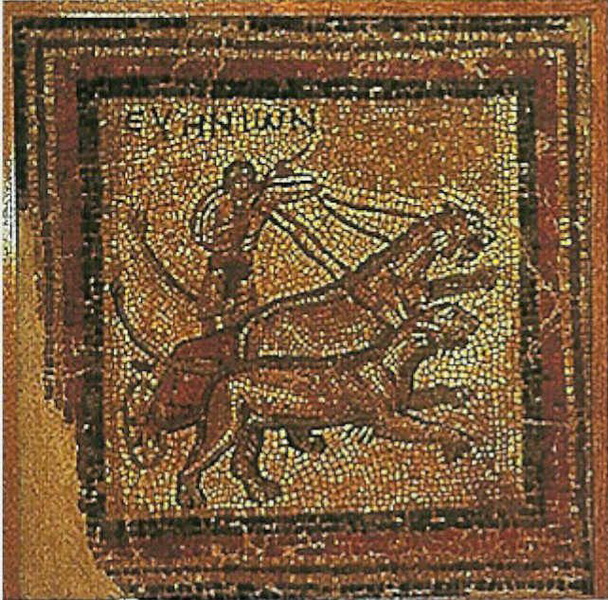 The
Prefecture's historical stage curtain rises five thousand years ago
when Messini, the young princess from Argos, chooses to settle at the
Southeastern edge of Peloponnese. The
Prefecture's historical stage curtain rises five thousand years ago
when Messini, the young princess from Argos, chooses to settle at the
Southeastern edge of Peloponnese.
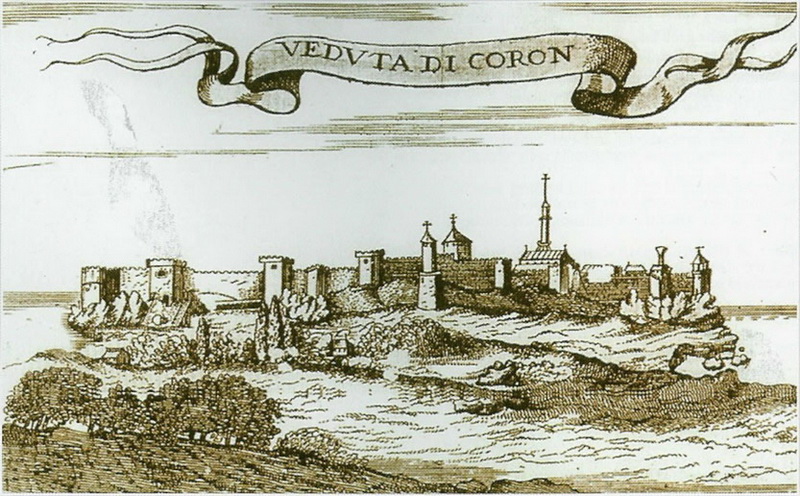 The
region was thus named after her as Messinia, the glaring crowing of the
Sun and the Mediterranean. The geographical location, the diverse
agricultural produce and the geophysical wealth of the region have
established it as an enviable place to live. Here eternity has found
its own abode. The
region was thus named after her as Messinia, the glaring crowing of the
Sun and the Mediterranean. The geographical location, the diverse
agricultural produce and the geophysical wealth of the region have
established it as an enviable place to live. Here eternity has found
its own abode.
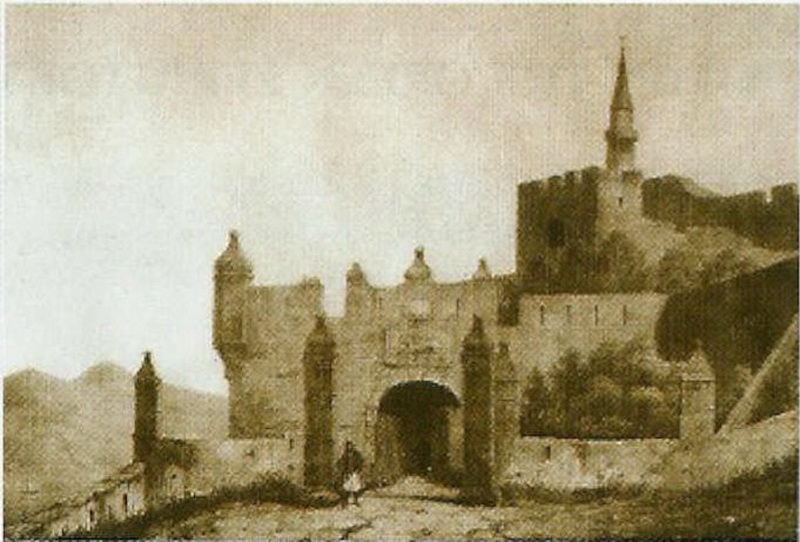
The picturesque Messinia, with 'carved' natural attractions, being
flooded by immense verdurous greenery, knows how to keep proudly in its
every single spot the mystery of a glorious past. Therefore the tourist
walkabout is soon transformed into a kind of pilgrimage. Cobble roads,
dirt roads, modern streets, plains, slopes, hills and high mountain
peaks lead always to places where Nature, Religion and Men have
collectively erected Temples,
Churches and Monasteries.
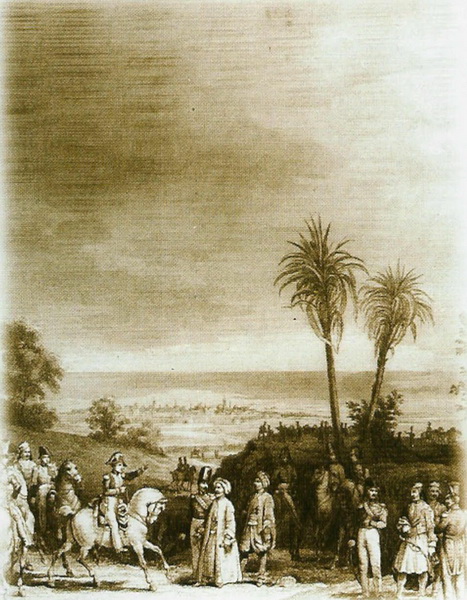 The
Greek history records the first inhabitants of the wider area some
2,500 years B.C. The region was rapidly developed into a significant
financial and cultural center of the ancient Greek world. Its wealth,
natural beauties and strategic location endowed its people with
prosperity and, at the same time, attracted the mighty of each period,
who wished to possess it. The
Greek history records the first inhabitants of the wider area some
2,500 years B.C. The region was rapidly developed into a significant
financial and cultural center of the ancient Greek world. Its wealth,
natural beauties and strategic location endowed its people with
prosperity and, at the same time, attracted the mighty of each period,
who wished to possess it.
PAUSANIAS, who visited Messinia five years later, locates it where
the modern town of PETALIDI is situated. Pausanias also gives an
account of the two temples of Dionysus, Artemis and Aesculapius as well
as the Statue of Athena, the Copper Statue of Zeus, the temples of Ino,
Koryhton Apollo and the little town of Kollonidon.
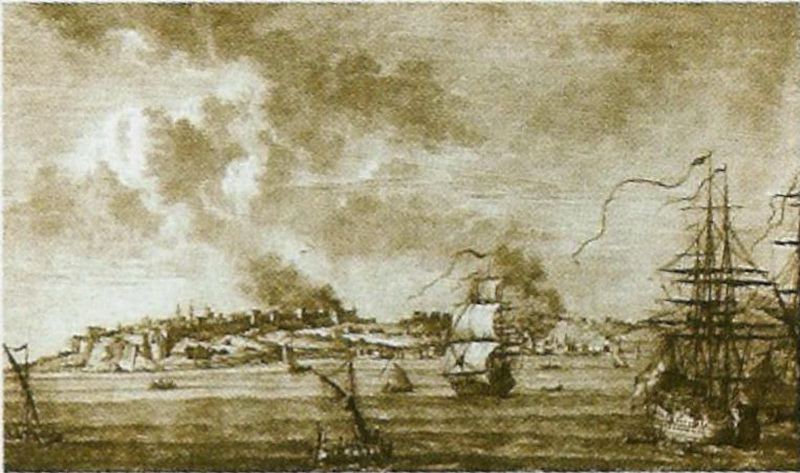
The great alignments of the wider Greek territory in the following
centuries have found Koroni at its present location. Koroni then was
conquered by Franks, Venetians and, finally, by the Ottoman Turks 1500
in A.D. 1824, the Greeks resolve in assaulting castle In the of KORONI,
the so-called RESALTO, the Turks take notice of them and kill them.
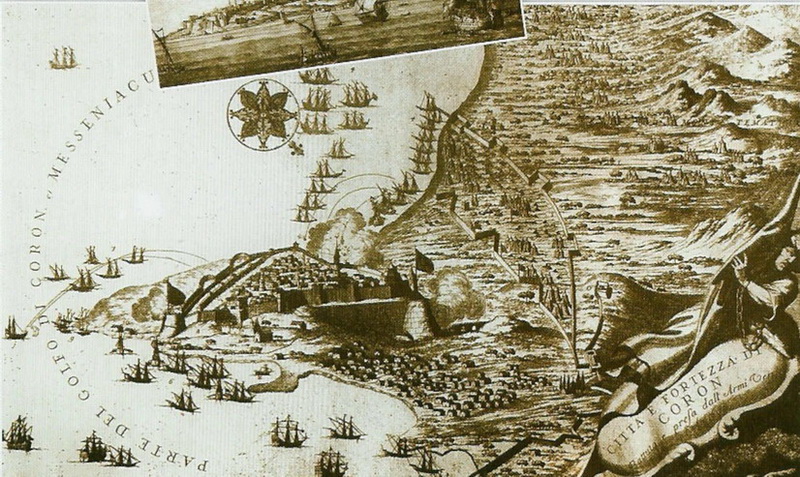
In 1825, IBRAHIM PASHA, burned and devastated entirely KORONI.
In 1828, the French General MAISON hands over KORONI to NIKIT ARAS, the
Greek chieftain, known also as Turk-Slayer, and JOSEPH, the bishop of
Androusa eulogizes in the Venetian TEMPLE of St. ROK, which is then
converted into the Orthodox Church of St. Charalambos
Reference: ARAK ADV. Koroni, Lady of the South - Summer Guide |